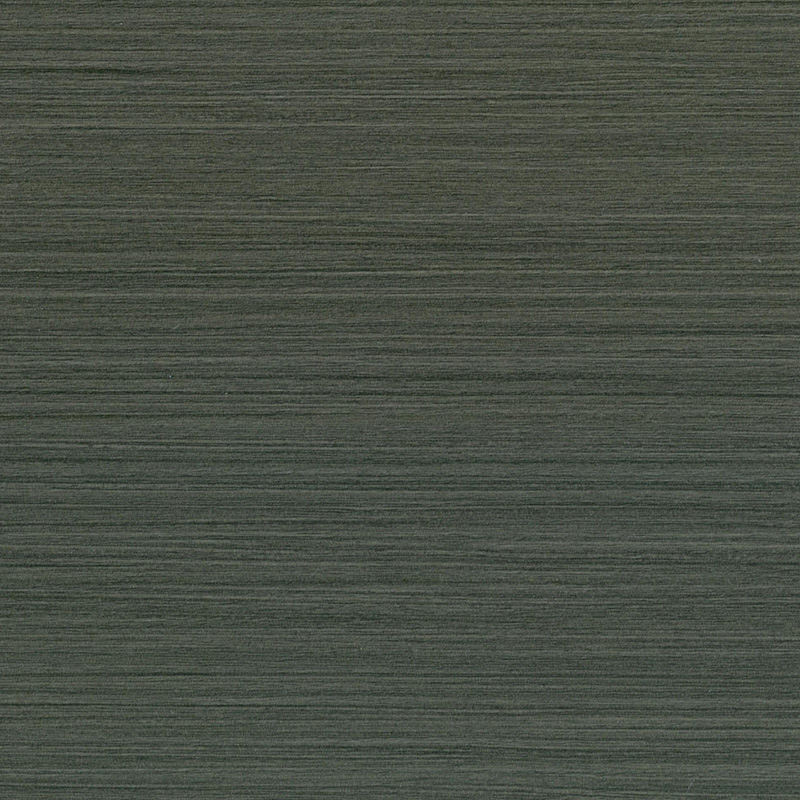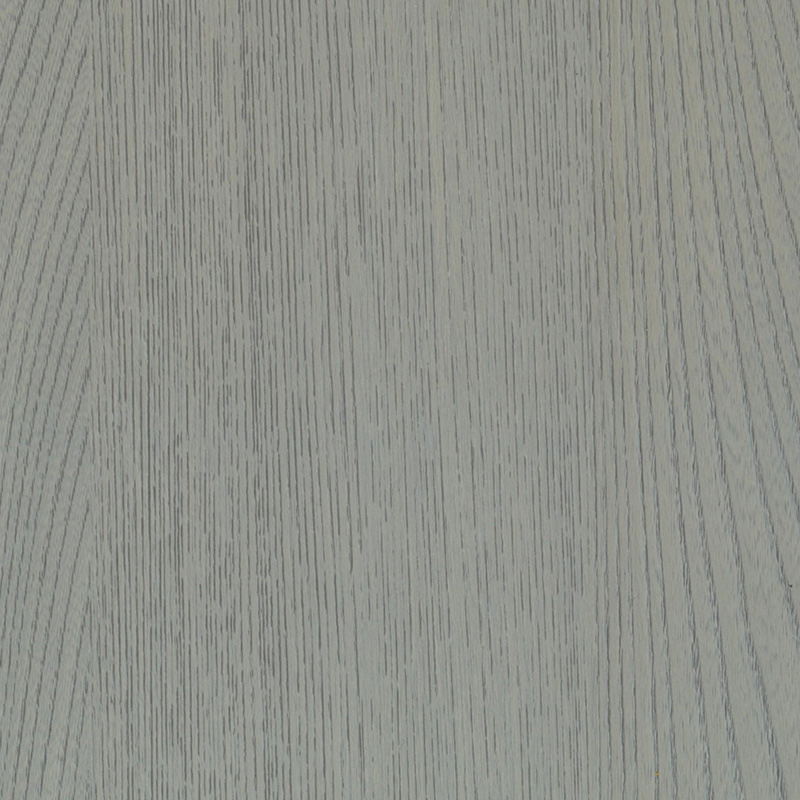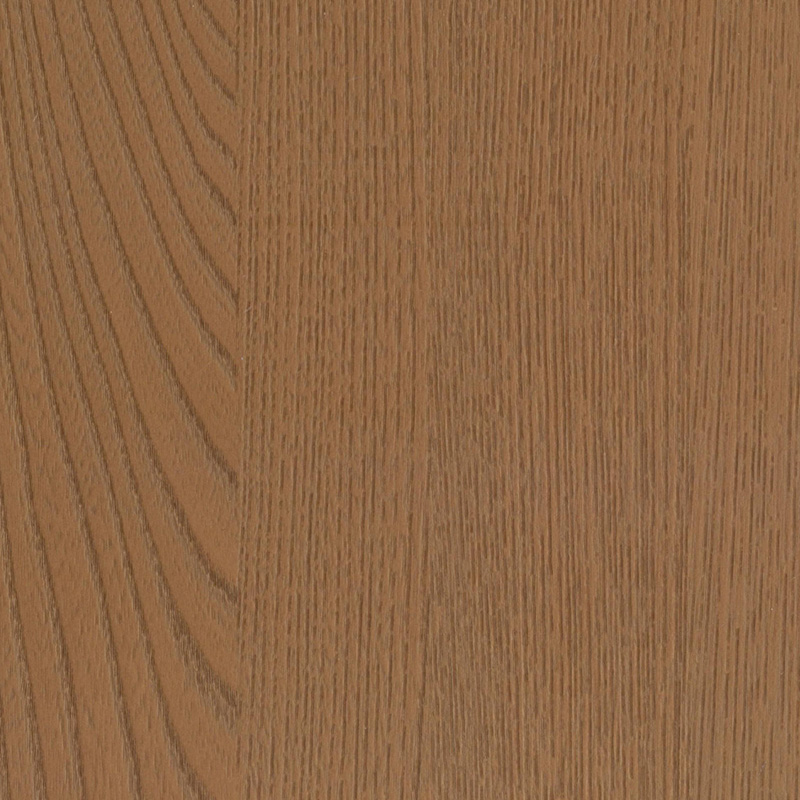Preventing Water Damage with Bathroom Floor Membranes
A bathroom waterproof floor membrane is a specialized material designed to prevent water from penetrating the subfloor and surrounding structures. It plays a crucial role in bathroom construction and renovation, where exposure to water and moisture is frequent. By providing a reliable barrier, the membrane helps protect floors from water damage, mold, and structural deterioration, contributing to the longevity and safety of the bathroom environment.
Bathroom waterproof floor membranes are typically made from materials such as polyethylene (PE), polyvinyl chloride (PVC), or liquid-applied compounds like polyurethane or bituminous coatings. These materials offer different properties suited for various installation methods and project requirements.
There are two common types of waterproof floor membranes:
These are pre-formed sheets made from waterproof materials, often reinforced with a mesh for strength. They are rolled out and adhered to the subfloor before tile or flooring installation. Sheet membranes provide uniform thickness and consistent waterproofing.
These membranes are applied as a liquid using brushes, rollers, or spray equipment. Once dried, they form a seamless and flexible waterproof layer that conforms to irregular surfaces and corners. Liquid membranes are popular for complex shapes and areas requiring extra attention to detail.
The primary function of the membrane is to stop water from seeping into the subfloor and adjacent building components. Bathrooms are prone to water spills, steam, and humidity, and without a proper membrane, moisture can cause damage to wood, concrete, or metal structural parts.
By preventing water penetration, the membrane reduces conditions favorable to mold and mildew growth. This helps maintain indoor air quality and reduces health risks associated with mold exposure.
Continuous water exposure can weaken flooring materials and structural supports. A waterproof membrane protects these elements by creating a durable barrier, preserving the integrity of the bathroom over time.
Many waterproof membranes provide a suitable surface for tile adhesives, improving the bonding strength and reducing the risk of tile loosening or cracking.
Proper installation is vital for the membrane’s effectiveness. The subfloor must be clean, dry, and free of debris before application. For sheet membranes, the material is carefully measured, cut, and adhered to the floor using recommended adhesives or primers. Overlapping seams are sealed to ensure continuity.
For liquid membranes, multiple coats may be applied to achieve the desired thickness, with drying times between layers. Special attention is given to corners, joints, and penetrations such as drains or pipe openings to maintain a continuous waterproof seal.
Bathroom waterproof floor membranes are essential for:
Shower floors and wet rooms
Bathtub surrounds
Bathroom subfloors under tile or vinyl flooring
Laundry rooms and utility areas with water exposure
Once installed correctly, waterproof floor membranes require little to no maintenance. The longevity depends on the quality of materials and installation. Periodic inspections during renovations or repairs can ensure the membrane remains intact and effective.
A bathroom waterproof floor membrane is a critical component in modern bathroom construction and remodeling. By providing a dependable water barrier, it protects subfloors and building structures from moisture damage, supports healthy indoor environments, and enhances the durability of floor finishes. Selecting the appropriate membrane type and ensuring professional installation contribute to a functional and long-lasting bathroom space.

 English
English русский
русский Español
Español عربى
عربى Deutsch
Deutsch





